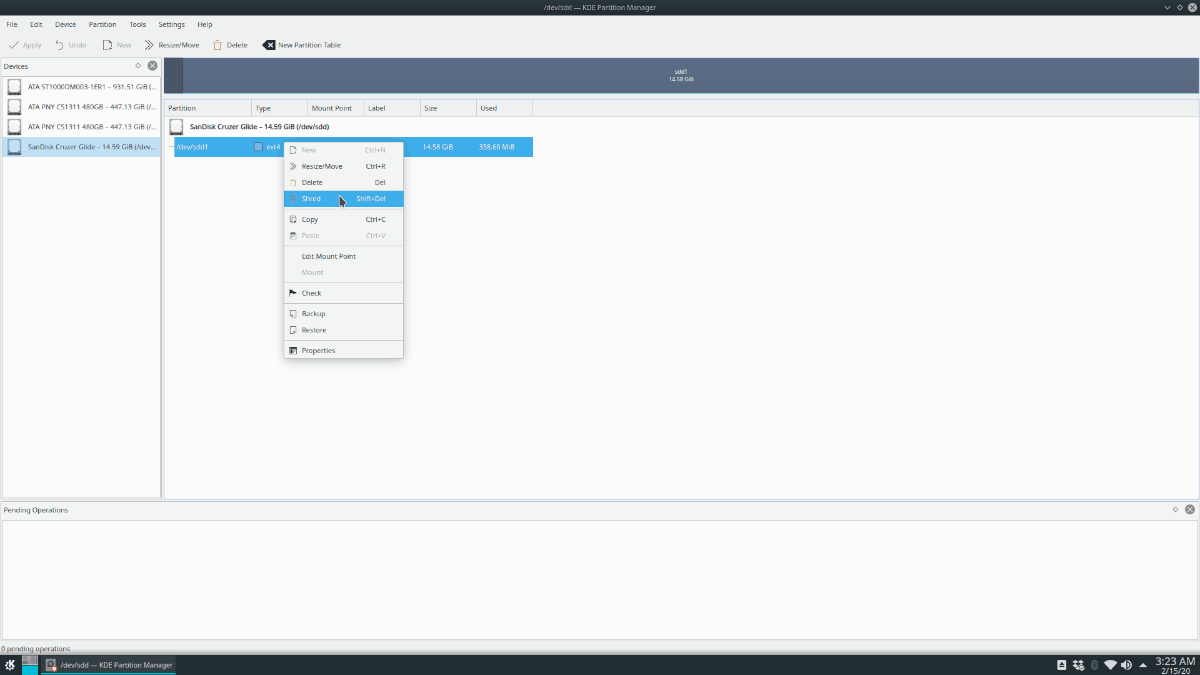
Rather than delete all your data, it’s more of a reset, and works via the ATA Secure Erase feature. Wear leveling means that data stored on SSDs is constantly being moved around, ensuring that all blocks are worn at the same rate.īut it is possible to delete all the data stored on an SSD, or rather nearly all most SSDs allocate a small amount of space as a kind of “buffer” to move data around. To put it simply, there are no physically indexable locations, so software used on HDDs can’t target specific sectors on the disk. Unlike hard disk drives, SSDs reshuffle data for wear leveling – and these changes are recorded on a separate map. SSDs, use NAND flash, a type of non-volatile memory, meaning it retains data even when not powered up. Traditional mechanical hard disk drives store data physically in a series of 1s and 0s on magnetic platters, indexed in the file system and accessed using the read/write heads on the actuator arm. Using such data sanitisation programs, while essentially doing the job, could be harming your SSD and reducing both its performance and lifespan. However, SSDs operate in a totally different way, and have a limited lifespan. Last week, we discussed how to securely erase data from a mechanical hard disk drive, using software like Erasure or Darik’s Boot and Nuke. Solid state drives (SSDs) are one of the best upgrades you can give you computer or laptop if it’s lagging to give it a boost, and many users are now opting to trade storage space for speed and performance especially since cloud storage uptake has increased.

Here, we'll demonstrate how you can safely erase an SSD. Solid state drives are soaring in popularity due to their high performance, but unlike hard disk drives, erasing data isn’t as simple due to the way in which SSDs work.


 0 kommentar(er)
0 kommentar(er)
